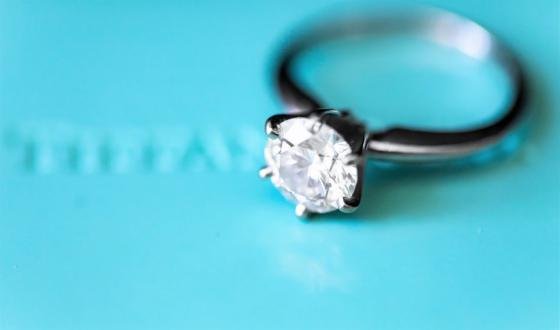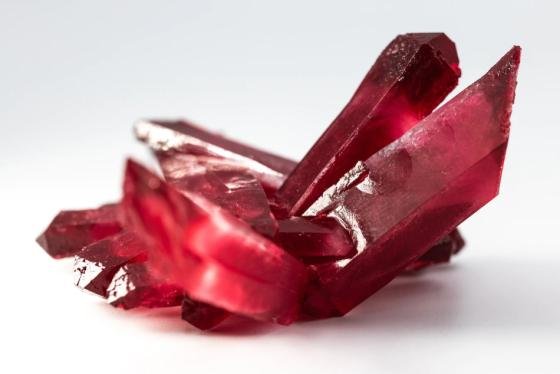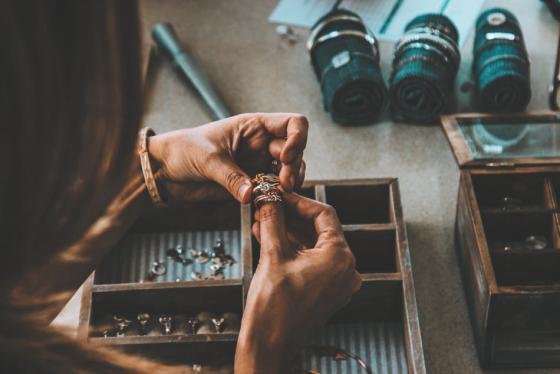Trends come and go in fashion (in fact, you might even say that’s the point), but the growth of sustainable clothing has already shown it’s durable enough to feel more like a movement.

While you’re probably familiar with greener brands in high fashion (such as Stella McCartney), and sportswear (Allbirds), many don’t realise the world of jewellery is seeing a similar revolution, season by season.
So, let’s look at the sector’s traditional problems, the work being done to fix them, and the legacy a more ethical jewellery industry will leave for tomorrow.
The problem
As a luxury product with a prestige price tag, you may have assumed that jewellery was already a broadly ethical industry. Sadly, this is not the case. Historically, the worst aspects of jewellery production include both its impact on the environment and its workers.
Environmentally, an obvious problem is the difficulty of unearthing gemstones in the first place. Because they are, by definition, rare (hence their worth), huge amounts of rock have to be mined to find them. This not only creates chemical pollution, but it often disrupts ecosystems (reducing animals’ habitats) and wastes enormous amounts of water.
Meanwhile, the industry has long been home to companies which exploit workers in the often poor territories where mining occurs. Poverty wages for punishingly long shifts of hard labour are, sadly, not uncommon. Even worse – some covertly employ child labour.
Finally, you’ll doubtless have read about ‘blood diamonds’ – which are mined in a warzone and sold to directly fund the violence of a warlord or criminal gang.

The solution
Thankfully, there is a way that the thoughtful consumer can be sure the jewellery they’re buying doesn’t add to this list of crimes.
As a first step, look out for the Kimberley Process Certification Scheme (KPCS) logo. Beginning in South Africa, it now extends to producers from 81 countries – and guarantees the rough diamonds traded under its name are conflict-free.
More recently, another exciting development is the rise of lab-grown gemstones. It’s an intensive (and thus still-prestige-priced) high-tech process that produces absolutely authentic stones without any wider despoilment necessary.
More generally, the key to ensuring any jewellery is ethical is doing your research. The Responsible Jewellery Council, for instance, monitor individual suppliers, and will be able to advise you. Also, watch out for any stones which originate in a known region of current conflict (including Zimbabwe, DR Congo and the Ivory Coast).
The future

Many of the articles which have outlined the negative impacts of the fashion industry have focused on Fast Fashion, with its glut of cheap outfits which both pollute at their source and create great wastage when outfits go unsold (with a landfill their likely end).
Jewellery may seem the very opposite of such throwaway accessories, since an item might last a lifetime – but this is all the more reason to invest now in a better industry. We give jewellery as tokens of love, the symbols of our deepest relationships – why taint that beauty with the thought of children labouring underground, of landscapes destroyed?
Instead, everyone who supports sustainable and conflict-free jewellery today helps ensure that such practices become less and less common, as the market for them shrinks. Done right, diamonds can be the world’s best friend. So do something beautiful next time you buy.







